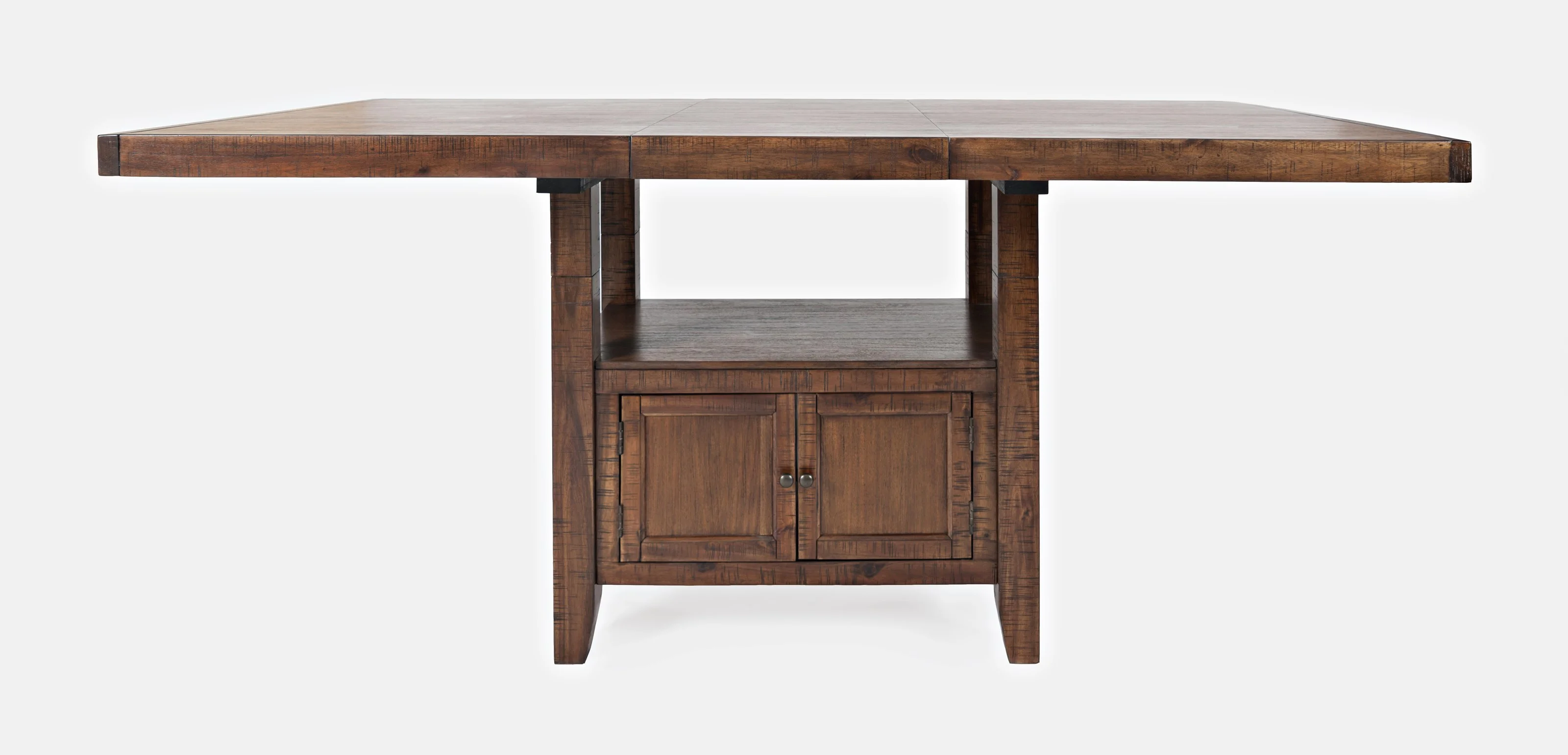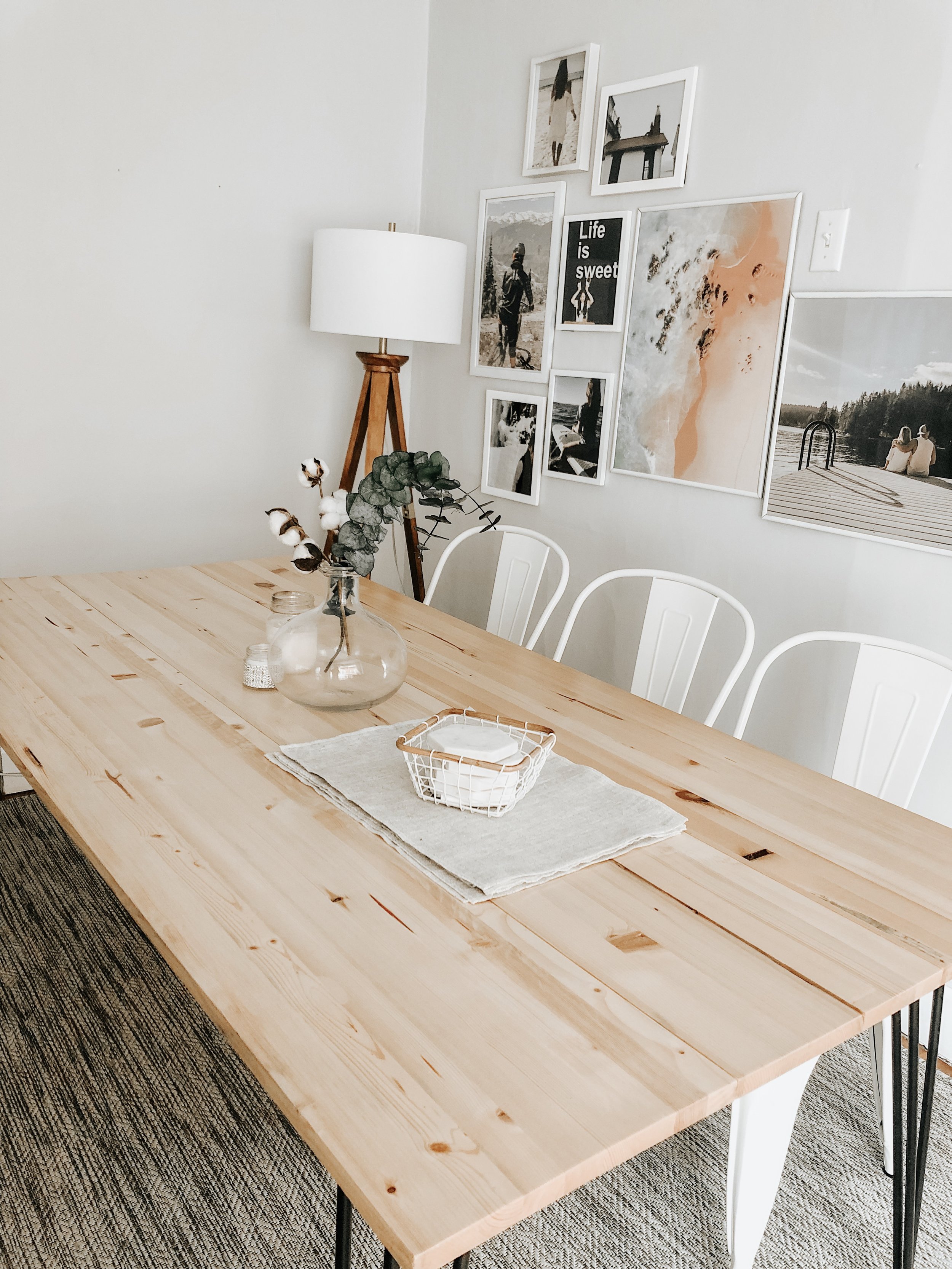Tips for Installing Dining Room Table Legs for a Modern Look
Tips for Installing Dining Room Table Legs for a Modern Look
Blog Article
From Standard to Modern: Discover the Ideal Dining Room Table Legs for Your Style
While traditional designs such as cabriole and transformed legs stimulate a feeling of timeless refinement, modern designs like hairpin and geometric alternatives offer an opportunity for striking visual passion. As you think about these components, the inquiry remains: how can you effortlessly integrate these diverse leg designs to develop a harmonious dining experience?
Understanding Table Leg Styles
The selection of dining area table leg designs can significantly affect both the visual appeals and functionality of the space. Each leg style contributes distinct aesthetic components and sensible attributes, catering to varied design preferences and use requirements. Comprehending these designs is important for picking the best table that lines up with your general interior layout vision.
For instance, conical legs use a tidy, timeless look that can boost an area's elegance, while stand bases give security and optimize legroom, making them optimal for smaller sized spaces. Barrette legs, a characteristic of mid-century modern-day style, present a commercial panache, permitting a ventilated, open feel. Trestle legs stimulate rustic appeal, giving durable support and a sense of timelessness.
Wooden legs can bring warmth and appearance, whereas metal alternatives usually share a sleek, modern vibe. Eventually, recognizing table leg designs is vital for creating a cohesive dining location that shows individual design while guaranteeing functionality and comfort.
Standard Table Leg Options
When selecting dining-room table legs, standard choices typically symbolize ageless elegance and workmanship. These styles mirror a rich heritage and a dedication to top quality, making them excellent for those who appreciate timeless looks.
One of one of the most legendary standard leg styles is the cabriole leg, characterized by its stylish rounded form. This layout commonly features attractive makings and is most commonly discovered in Queen Anne and Chippendale furnishings. Another prominent choice is the transformed leg, which flaunts a collection of smooth, rounded shapes that supply a classic appearance while preserving stability.
Furthermore, the straight leg, while basic, uses a durable and unadorned structure that can mix perfectly with a selection of tabletop styles. For those attracted to ornate describing, claw-and-ball feet legs stimulate a sense of grandeur and can function as a sensational centerpiece in any eating area.
Finally, stand bases, although not purely legs, supply an alternate standard option that permits enough legroom and can be magnificently carved. Each of these standard leg styles adds to the overall ambiance of a dining-room, weding feature with visual charm.

Modern Table Leg Designs
Modern table leg styles use a varied range of styles that emphasize tidy lines and cutting-edge materials. These designs often focus on functionality while offering as striking centerpieces within a dining area. Minimalist aesthetics are prevalent, with legs crafted from materials such as metal, glass, and engineered wood, which add to a airy and modern feel.
One prominent style is the hairpin leg, identified by its slender, tapered framework that gives security without overwhelming the table top (dining room table legs). This style is usually located in mid-century modern-day furniture and can effortlessly match numerous table shapes. One more pattern is the use of geometric forms, where legs might take on unbalanced or angular forms, adding visual interest and a touch of virtuosity

Mixing Designs for One-of-a-kind Rooms
Commonly, home owners seek to produce unique dining rooms that show their individual design by mixing different design components. This technique permits the incorporation additional hints of diverse looks, causing an unified yet distinctive atmosphere. Combining a rustic wooden table with sleek, modern metal legs can create a distinctive comparison that raises the room's total appeal.
In addition, incorporating vintage table legs with modern tabletops can stimulate a sense of background while keeping a contemporary sensibility. Such mixes not just showcase specific taste but likewise urge imagination, allowing house owners to curate a space that feels both personal and inviting.
Shade plays an essential role in this mixing procedure; selecting table legs that match or comparison with the existing shade scheme can boost aesthetic rate of interest. For instance, whitewashed legs can soften the boldness of a dark table surface, creating a well balanced aesthetic.
Tips for Picking the Right Legs
Picking the right table legs is vital for attaining both performance and aesthetic allure in your dining room. Begin by taking into consideration the general design of your room. Conventional setups take advantage of legs that include elaborate carvings or transformed designs, while modern spaces might call for sleek, minimal designs.
Next, analyze the elevation and stability of the legs. dining room table legs. Conventional dining tables range between 28 to 30 inches in height, so guarantee the legs match this measurement for comfort. Additionally, durable materials, such as wood or steel, can boost security and durability
Examine the leg shape too-- options include straight, tapered, or stand styles. Straight legs provide a traditional look, while tapered legs can add a touch of beauty. Pedestal bases provide adequate legroom and are optimal for smaller sized spaces.
Final Thought
In linked here summary, choosing the perfect dining space table legs requires careful consideration of both contemporary and typical designs. By integrating leg design, height, and product with the overall design, a natural and inviting environment can be accomplished.
The selection of eating room table leg styles can dramatically affect both the visual appeals and performance of the area. Inevitably, recognizing table leg styles is essential for creating a cohesive dining area that shows individual design while ensuring functionality and convenience.One of the most famous conventional leg designs is the cabriole leg, defined by its stylish curved official site shape. Straight legs provide a traditional appearance, while conical legs can add a touch of elegance.In summary, selecting the ideal dining space table legs needs careful consideration of both conventional and modern styles.
Report this page